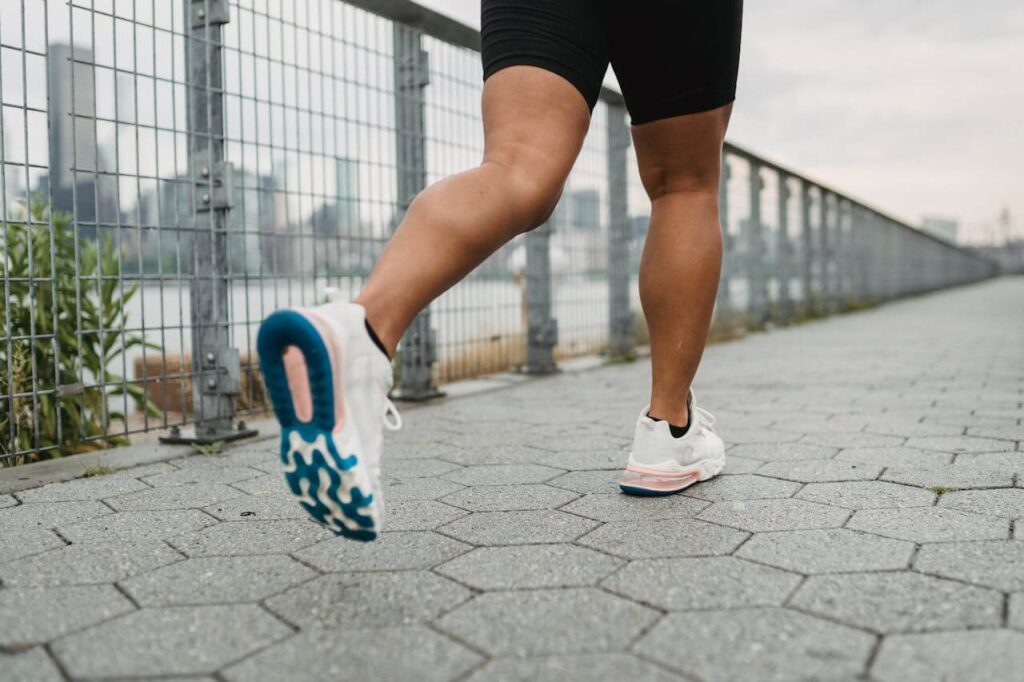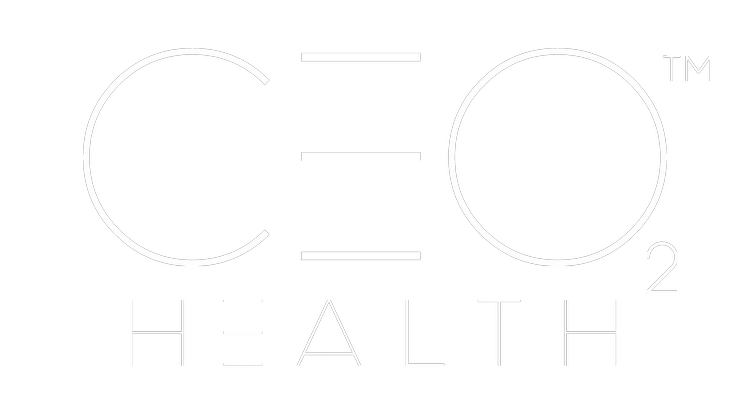
Leg compression therapy is one of the newer methods of well-being and recuperation in huge demand for athletes, sports personalities, and even those people suffering from problems of blood circulation. The technique thereby used in leg compression therapy with controlled pressure aids in better blood flow, reduction of swelling, and quicker muscle recovery. But how does it work, and who benefits from it?
What Is Leg Compression Therapy?
How Does Leg Compression Therapy Work?
Leg compression therapy consists of devices in the form of boots, sleeves, or wraps that provide rhythmic pressure on the legs. Such pressure tends to promote blood circulation and move lymphatic fluids along in order to reduce fluid buildup in the process. In fact, it imitates what nature would have done in the moving of blood and lymph by contraction of muscles, thus helping people who stand or sit for a long period of time.
Benefits of Leg Compression Therapy
Improve Blood Circulation
Compression therapy enhances venous return, which refers to the fashion in which blood flows back towards the heart. People who stand or sit for a long time daily and suffer poor circulation will particularly welcome this.
Greater Muscle Recovery/Reduced Soreness
Right after any intense exercise, lactic acid and other such metabolic wastes get stored up within the muscles. Compression therapy intervenes to have these flushed away, thus reducing soreness besides accelerating the course of recovery.
Athletes use compression therapy following exercises to:
- Reduce muscle fatigue
- Enhance oxygen supply to the muscles
- Improve overall performance
Relieving Swelling and Edema
Swelling of the legs, along with accumulation of fluid can result from long hours of standing, pregnancy, and other medical conditions like lymphedema. Compression therapy decreases the accumulation of fluid, thereby providing immediate relief from pain and swelling.
Varicose Vein and Leg Pain Management
Varicose veins result from poor vein return of blood to the heart, causing veins to swell and twist. Compression therapy:
- Supports the veins and reduces strain
- Helps prevent further development of varicose veins
- Reduces pain and heaviness in the legs
- Improved Sport Performance and Endurance
Many elite athletes use leg compression therapy before and after workouts to improve endurance and reduce the risk of injury. Increased blood flow helps muscles perform optimally, making it an essential tool for runners, cyclists, and weightlifters.
Potential Side Effects of Leg Compression Therapy
Is Leg Compression Therapy Safe for Everyone?
Generally, compression therapy is safe, but if it goes wrong, it can cause:
- Tingling or numbness if the compression is too high
- Irritation of the skin for sensitive patients
- Discomfort for patients with nerve conditions
Who Should Seek a Doctor Before Using Leg Compression Therapy?
There are several medical conditions where professional advice is required prior to the application of compression therapy:
- Patients suffering from DVT – Incorrect application can dislodge a clot.
- People with severe peripheral artery disease (PAD) – Compression may constrict already compromised blood flow.
- Those with acute infections or open wounds – Compression therapy should not be used in such instances.
How to Use Leg Compression Therapy for Best Results
At-Home vs. Professional Leg Compression Therapy
- Professional Treatment: This usually occurs in wellness centers, sports clinics, and the offices of physical therapists; treatments using high-quality machines for better results.
- Home-Based Therapy: Leg compression boots and sleeves are available for personal use, making it possible for users to apply the therapy to everyday life.
How Often Should You Use Leg Compression Therapy?
- Professional Treatment: This usually occurs in wellness centers, sports clinics, and the offices of physical therapists; treatments using high-quality machines for better results.
- Home-Based Therapy: Compression boots and sleeves are available for personal use, making it possible for users to apply the therapy to everyday life.
Combining Leg Compression Therapy with Other Wellness Treatments
To maximize results, compression therapy pairs well with:
- Infrared sauna therapy: Stimulates circulation and relaxes the muscles.
- Red light therapy: It improves cellular repair and decreases inflammation.
- Hyperbaric oxygen therapy: This increases the oxygen supply and helps in the healing of tissues.
With these therapies incorporated into your wellness routine, one can expect quicker recoveries and improved overall health.
Leg compression therapy is a powerful, non-invasive tool for improving circulation, reducing muscle soreness, and managing conditions like varicose veins and edema. Whether you’re an athlete looking to enhance performance and recovery or someone seeking relief from swelling and discomfort, this therapy offers a practical and effective solution.
Success with leg compression therapy requires a little bit of consistency-regular use gives the best results over time. For anyone curious to experience this firsthand, book an appointment at CEO2 Health in Hollywood today!

